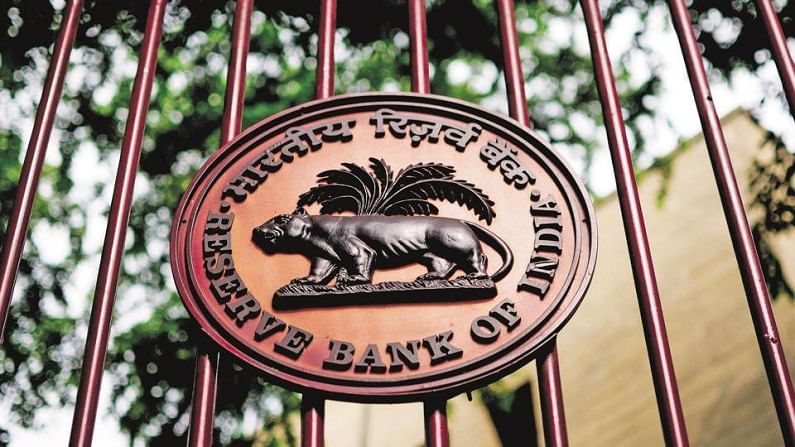RBI keeps repo rate unchanged; your EMIs won't come down
The RBI has kept repo rate, the rate of interest at which commercial banks borrow money from the central bank, at 4% for the last five bi-monthly meetings of the MPC

The Monetary Policy Committee (MPC) headed by RBI Governor Shaktikanta Das, after three-day deliberation, kept the repo rate unchanged while announcing its bi-monthly policy on June 4.
Status quo since last 5 meetings
The Reserve Bank of India (RBI) has kept repo rate, the rate of interest at which commercial banks borrow money from the central bank, at 4% for the last five meetings of the MPC.
The reverse repo rate, the rate of interest that banks charge for parking their funds with the RBI, is at 3.35%.
Among the factors that are considered by the monetary policy committee to decide on the interest rates are inflation and growth imperatives.
What is repo rate?
The benchmark repo rate is the policy rate on which the cost of funds of banks are pegged. If this rate rises, the cost of funds rises for the banks and they jack up the interest on loans they charge to customers, and, as a direct consequence, EMIs go up. Conversely, if the repo rate goes down, banks can borrow at a cheaper rate and they can pass on the benefits to the customer in the form of cheaper loans. EMIs of existing loans, unless the borrower had opted for fixed rates, go down.
In case the loans become cheaper, common people feel the urge to take more loans to buy real estate, automobiles and consumer goods that, in turn, trigger growth in the economy.
Since February 2020, the central bank has shaved off 115 basis points, or 1.15 percentage points from the repo rate.
Accommodative stance
Though RBI had not changed the policy rates in April, it said that it is sticking to an accommodative stance, which means the bank would reduce rates to inject money into the system if and when needed.
It was widely expected that this time the RBI won’t tinker with the key rates but might come up with some announcements to boost growth.
After the last MPC meeting in April, RBI governor Shaktikanta Das had said that one of their key objectives of to help the economy to revive. He signalled that RBI would maintain an accommodative stance, which means the bank would reduce rates to inject money into the system if and when needed.
After the MPC meeting in April, the RBI governor said that the expected the economy to grow at 10.5% in FY22. However, that was before the second wave of the infection forcing many states go for full and partial lockdowns.
Early in May, the central bank had announced a slew of measures including creation of an on-tap liquidity window of Rs 50,000 crore to help people during the pandemic.
Following that announcement banks State Bank of India and Indian Banks Association have declared that they would be offering personal loans of a maximum of Rs 5 lakh to meet treatment expenditure.
Other steps following that liquidity injection include facilities for the medium and small-scale sector.